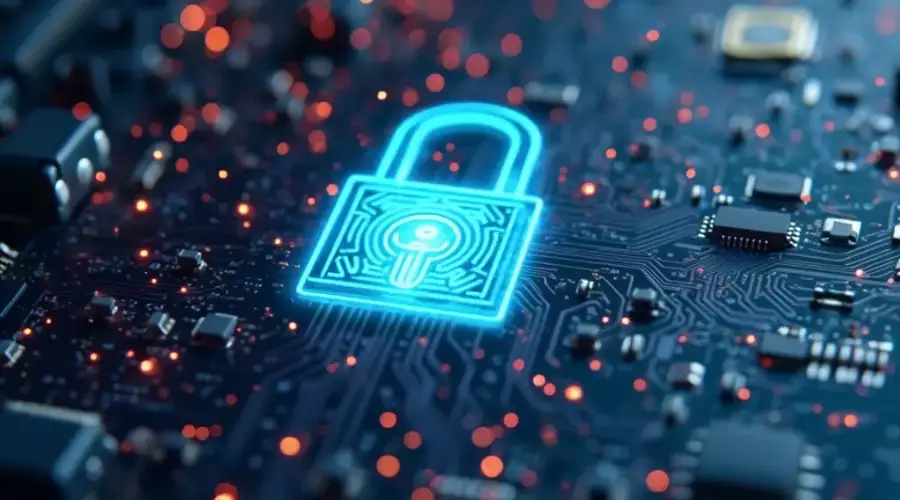Understanding the Importance of IoT Security

The Internet of Things has redefined how people interact with technology. From smart thermostats and wearable fitness trackers to connected vehicles and industrial sensors, IoT has brought convenience and efficiency to every corner of daily life. As these devices multiply across homes and businesses, they also introduce new and often underestimated security risks.
While IoT innovations have improved automation and data-driven decision-making, they have also created entry points for cyber threats. Unlike traditional computing systems, many IoT devices lack strong built-in defenses, making them attractive targets for attackers. Understanding the importance of IoT security is critical for protecting sensitive data, maintaining device integrity, and ensuring that these technologies enhance life without compromising privacy or safety.
The Expanding Landscape of IoT Devices
The number of IoT devices in use globally has surged in recent years. These devices range from consumer-grade products like smart speakers to complex systems found in hospitals, factories, and transportation networks. Each device connects to a network, collects data, and often communicates with other devices or centralized servers.
The diversity of IoT applications is part of what makes them so valuable. Yet, this diversity also presents challenges for security. Different manufacturers use different platforms, protocols, and standards. Some devices are designed with minimal processing power and limited memory, leaving little room for advanced security features.
As a result, many devices are deployed without proper encryption, authentication, or update mechanisms. Once online, they can expose networks to unauthorized access or serve as launch points for larger cyberattacks.
Common Vulnerabilities and Attack Vectors
IoT devices are frequently targeted through outdated software, weak credentials, or unsecured network connections. Many come with default usernames and passwords that users never change. These credentials are often easy to guess or publicly available, making it simple for attackers to take control.
Firmware that lacks regular updates is another problem. As vulnerabilities are discovered, manufacturers may release patches, but users often fail to apply them. In some cases, the devices are designed without any update capability at all. This means a single vulnerability can remain open indefinitely, giving attackers time to exploit it.
Unencrypted communications also pose a serious risk. Devices that transmit data in plain text can be intercepted, allowing attackers to eavesdrop or manipulate information. Once inside a network, a compromised device may serve as a pivot point to access other systems, escalate privileges, or exfiltrate data.
Consequences of Inadequate IoT Security
When IoT devices are compromised, the consequences can extend beyond data loss. In smart homes, it can mean unauthorized access to cameras, locks, or alarms. In businesses, it may lead to operational disruption, legal liabilities, or reputational damage. For critical infrastructure, such as utilities or transportation, the risks include safety breaches and widespread service outages.
Attacks on IoT devices can also serve broader purposes. Botnets like Mirai have harnessed thousands of unsecured devices to conduct distributed denial-of-service attacks, flooding websites with traffic and rendering them unusable. These incidents demonstrate that even small, low-cost devices can contribute to large-scale threats if left unprotected.
Because IoT networks often involve dozens or hundreds of connected components, one weak link can jeopardize the entire system. Security must be built into every layer, from device firmware to user interfaces and data storage.
Building a Culture of Security From the Start
One of the most effective ways to improve IoT security is by adopting secure development practices. Manufacturers must prioritize security from the initial design phase, embedding encryption, authentication, and secure update paths into every product. Doing so helps ensure that devices remain resilient even as threats evolve.
Users also have a role to play. Before purchasing or deploying an IoT device, consumers and businesses should evaluate the manufacturer's track record with security updates, customer support, and transparency. Devices should be installed using strong, unique passwords, and default settings should be changed immediately.
Security should not be an afterthought. Ongoing education and awareness are necessary to help users make informed choices about which devices they allow into their environments and how those devices are configured. For those looking for actionable steps, a detailed guide to securing IoT devices can serve as a valuable starting point. Taking proactive steps in both development and usage can limit exposure to threats and reduce the likelihood of a successful attack.
Regulatory and Industry Response
As IoT adoption has grown, so too has the interest in regulatory frameworks designed to safeguard users. Governments around the world are introducing rules to improve transparency and accountability among device manufacturers. In the United States, for example, the IoT Cybersecurity Improvement Act sets baseline security standards for devices used by federal agencies.
Industry groups are also stepping in to develop guidelines and certifications. These initiatives help establish best practices and encourage manufacturers to compete not just on price or performance, but also on security. Certifications give consumers a clear way to identify devices that meet a higher standard of protection.
While regulation is important, it is not a complete solution. Cybersecurity is an ongoing process, and compliance does not guarantee immunity. Instead, it should serve as a baseline, with manufacturers and users working together to stay ahead of evolving threats. Learn more about Penetration Testing as a Service and how it helps secure modern IoT ecosystems.
The rapid expansion of IoT technology presents both opportunities and risks. With more devices entering homes, businesses, and public infrastructure every day, securing those devices has never been more important. Understanding where vulnerabilities exist and how to address them helps protect not just individual users but entire networks and communities. Through smarter design, informed choices, and ongoing vigilance, the benefits of IoT can be fully realized without compromising safety or trust.



